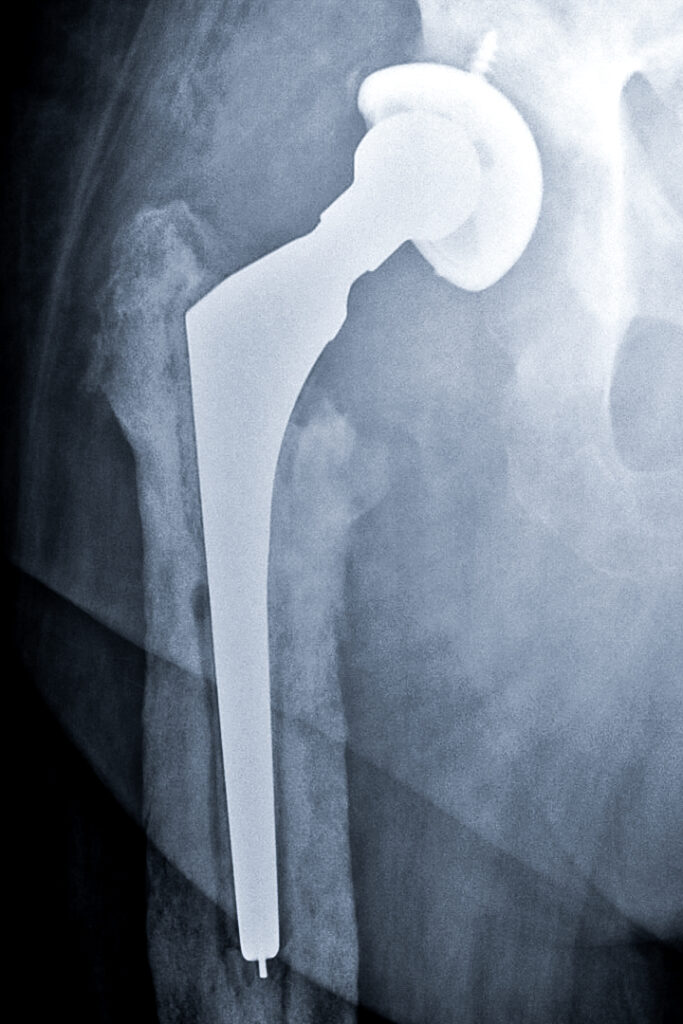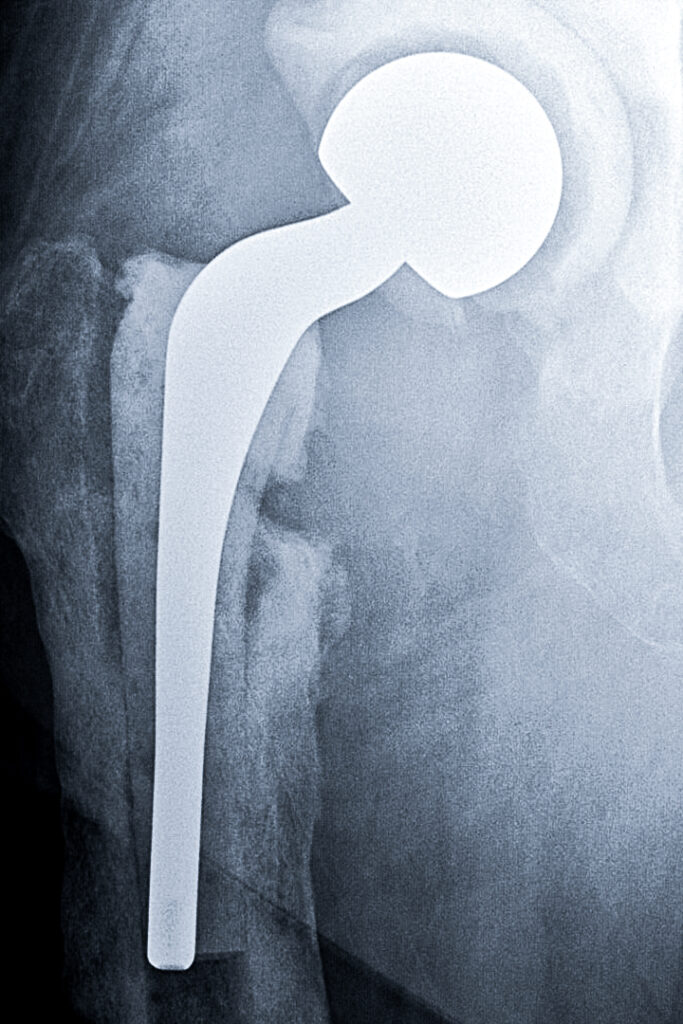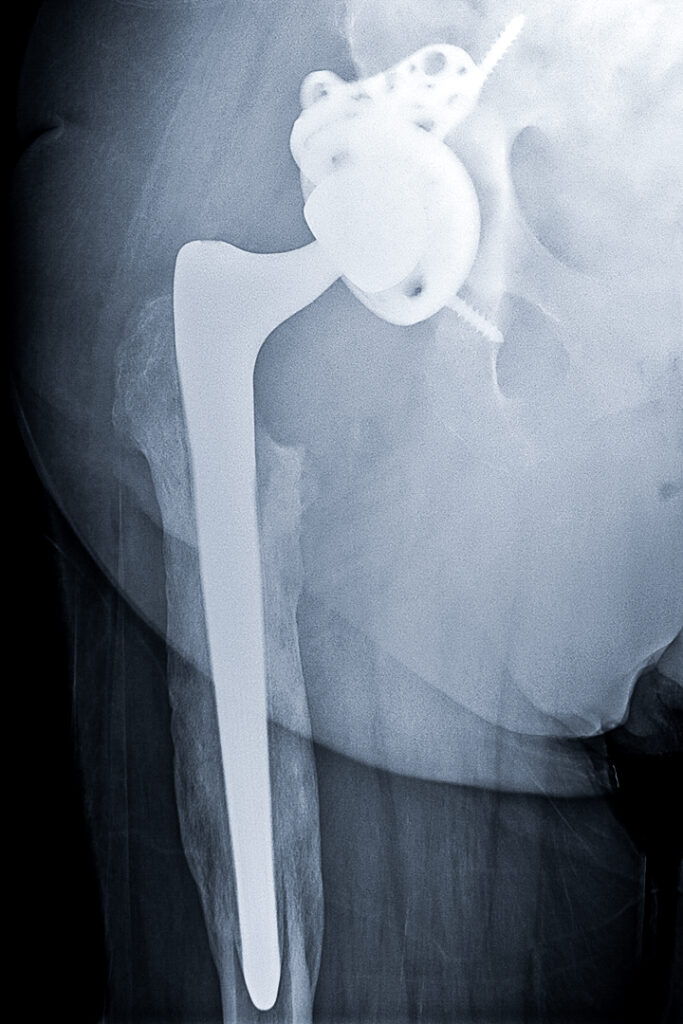Infected Hip
Replacement

Infection following a total hip replacement can be devastating. The “gold-standard” treatment of an infected total hip consists of a two-stage approach. During the first stage, the infected implants are removed and the tissues around the implants are debrided and cleaned. A temporary implant composed of antibiotic eluting cement is then placed as a soft tissue expander and temporary joint to allow for limited function and movement. A course of intravenous antibiotics is then administered typically for 6-8 weeks, following which the joint is then re-tested for infection. Once these tests indicate that the joint is no longer infected, a second surgery to remove the spacer and place permanent implants is preformed. In general this two-stage approach to curing the infection and reconstructing a new joint takes 3 months.




